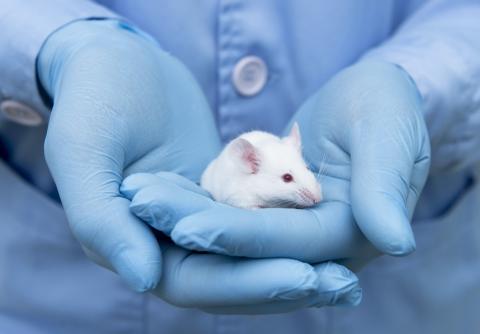- Overview
-
Species
MouseStrain common name
-Full nomenclature
-Genetic background
C57BL/6JType of model
Vascular cognitive impairment (i.e. chronic hypoperfusion) - Availability
-
Principal investigator
Tracy FarrInstitution
University of NottinghamNamed contact
Tracy FarrContact email
tracy.farr@nottingham.ac.ukSource of model
SupplierSupplier code
Charles River - Intervention details
-
Intervention
StenosisAge at Surgery
12-14 weeksAnaesthetic
IsofluraneAnalgesics
Paracetamol in drinking water. Lidocaine presurgery. EMLA around incision site.Antibiotics
NoneAdditional comments about stenosis: coils placed 24h apart
- Study details
-
Sex
MaleAge of model
12-14 weeksDuration of Study
Up to 6 monthsDiet
Standard chowCage enrichment and housing
Group housed with standard conditionsTypes of outcomes measured
Neurobehaviour (i.e. sensory, motor, cognition)Neurophysiology (i.e. fMRI, EEG)Omics (i.e transcriptomics, proteomics, metabolomics)Structural measure (i.e. IHC, EM, structural MRI)Details of Outcomes Measured
Behaviour (RAM, water maze, Y maze, NOR), structural MRI, fMRI, connectomics
Strengths of Model
- Straightforward.
- Involves gradual stenosis which is most replicable to that seen in human condition.Limitations of Model
- Behaviour deficits have been unreliable and hard to replicate.
Image

Hypoperfusion to the brain
Vascular cognitive impairment (i.e. chronic hypoperfusion)